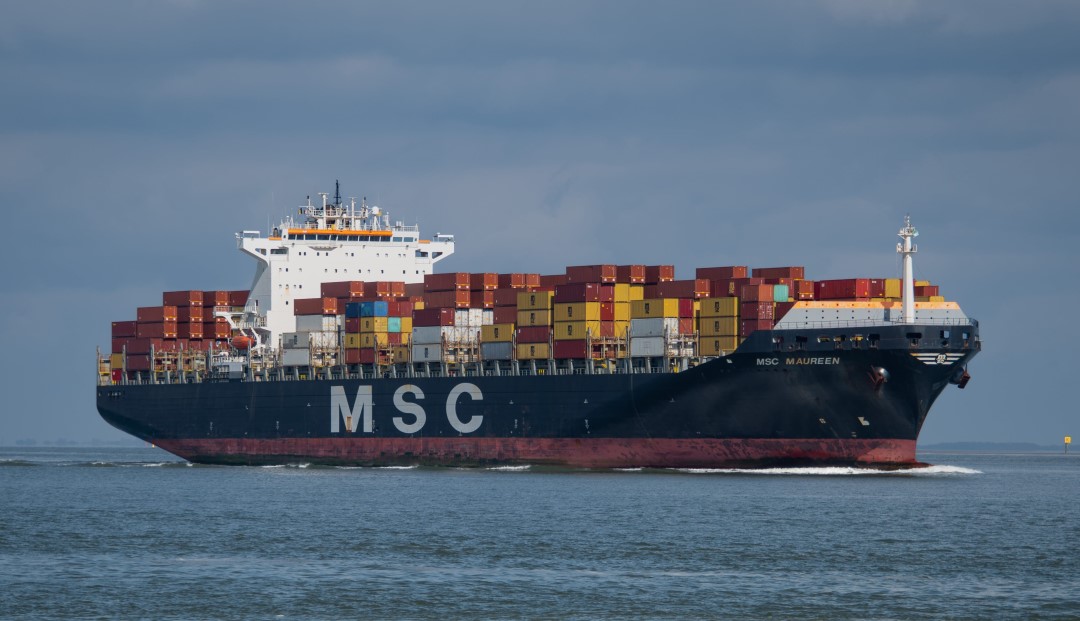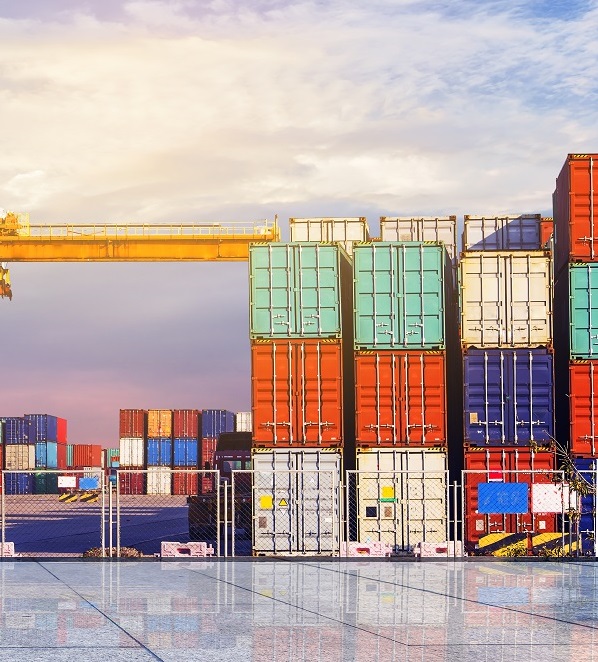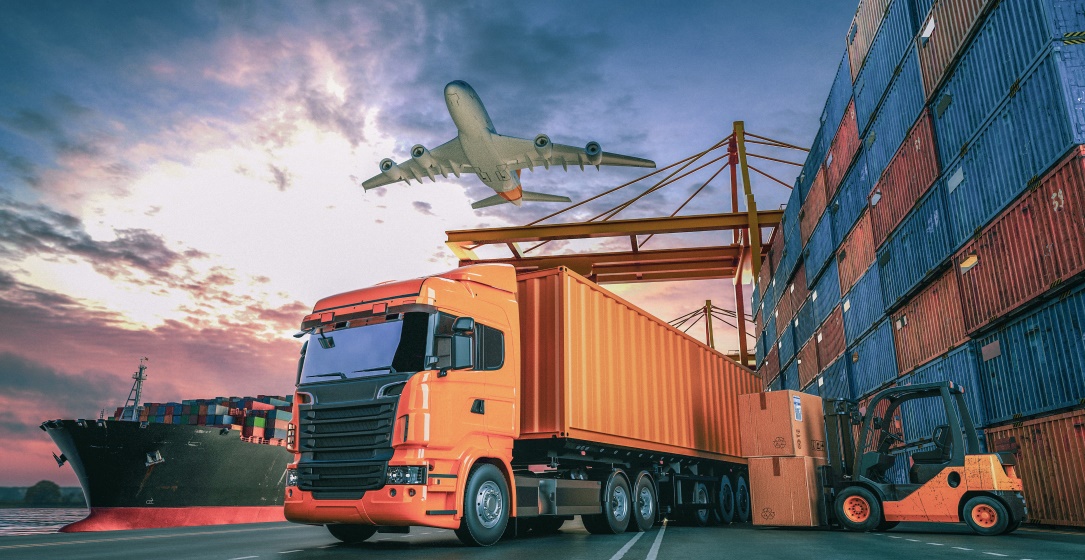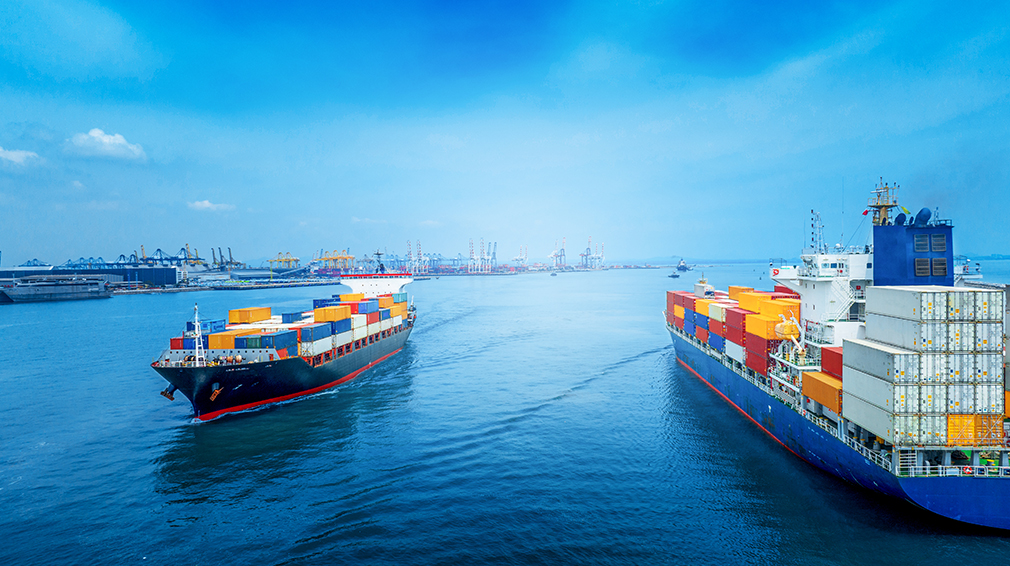
The Complete Guide to MSC Container Tracking
The Complete Guide to MSC Container Tracking In the vast ocean of global logistics, efficient cargo tracking is the compass that guides businesses towards success.
Revolutionising the logistics industry with our advanced solutions..
Be a part of our next generation digital freight platform that helps your customers..
A technology-driven platform, transforming transportation in a very smooth..
What once required minutes of manual effort is now seamlessly accomplished..
Coming Soon........
Our NVOCC platform provides the best in-class Customer services to every..
A unique platform for Feeder Operators. We create a digital presence..
Coming Soon...
At Patang, we empower businesses to optimize their processes and unlock the potential of...
Patang is here to help your business thrive with our Web 2.0 Development Services...
Revolutionize your operations, save time, reduce errors, and embrace the future of automation with our...
Explore the Web3 realm by utlizing our exceptional Web3 Game Development services to create...
Advance into the next generation with 3D virtual realities by partnering with a top-tier...
Being An Early Adopter Of Blockchain Technology, We’ve Gained Huge Expertise In Building....
At our company, we are always looking for talented individuals to join our team. We value...
We Are A Bunch Of Tech Freak Individuals Stepping The Ladder To Become Market Leaders...
Supply chain visibility, also referred to as real-time transportation visibility or real-time visibility, is on the cusp of a transformative revolution in the global supply chain landscape in the coming years. Despite its existence in various forms for decades, the latest iterations of visibility tools are now reaching a state of maturity, garnering significant attention from industry leaders.
Whether you are unfamiliar with supply chain visibility or actively seeking to implement it within your organization, this page serves as your comprehensive guide to this rapidly-maturing software category. Here, you will find all the essential information about supply chain visibility, including its applications among major players in the global supply chain domain.
Ocean
Carriers
Air
Airlines
Road
Transporters
Supply Chain Visibility, in its simplest form, involves the real-time collection and presentation of asset location and status throughout the supply chain. This instant access to information empowers logistics professionals to track trucks, trailers, ships, and containers effectively. By doing so, they can closely monitor their assets and make quicker, more informed decisions to optimize their supply chains.
While the concept of supply chain visibility has existed for decades, recent advancements in technology and data science have elevated visibility software from being merely useful to becoming an essential tool for companies striving to meet global demand.
The technology driving supply chain visibility includes cutting-edge techniques like machine learning and artificial intelligence. These innovations enable not only real-time tracking of assets but also the ability to predict precise arrival times at their final destinations, revolutionizing supply chain management.



Supply chain visibility works by using advanced technologies such as GPS, RFID, IoT devices, and data analytics to collect real-time data on the location and status of assets throughout the supply chain. This data is then integrated into a centralized platform, allowing logistics professionals to monitor and track the movement of goods from the source to the destination. By leveraging this information, businesses can make faster and more informed decisions, optimize their operations, and enhance overall supply chain efficiency.
Supply chain visibility is crucial in addressing supply chain challenges amidst global disruptions and changing business rules. Many companies face uncertainty as they lack control and insight into the various components of their supply chains. Meeting rising customer expectations becomes a constant concern, with demands for precise shipment arrival times, cost-efficient shipping, faster delivery, and increased control. Supply chain visibility acts as a solution, enabling leaders to oversee their entire supply chain, anticipate issues, and respond promptly, minimizing disruptions and ensuring customer satisfaction.
Supply chain visibility offers numerous advantages to businesses. Real-time visibility platforms, like Patang, empower companies with enhanced control over their supply chain, leading to more efficient supply chain management and numerous opportunities to maximize ROI.
Advantages of Supply Chain Visibility:
Experience the next generation of ocean freight visibility with Patang. Gain unprecedented control, optimize your operations, and unlock endless possibilities for your international shipping endeavors. Contact us today to learn more about our advanced ocean cargo tracking capabilities.
Implementing effective supply chain visibility requires more than just adopting the latest technology. Here are some best practices to leverage your visibility tools and achieve optimal results:
Strategy and Planning:
Define key performance indicators (KPIs): Clearly identify and track metrics that matter most to your business, such as on-time delivery, lead times, inventory levels, and customer satisfaction.
Map your supply chain network: Understand the flow of materials, information, and products across all stages, including suppliers, manufacturers, distributors, and customers.
Align with business goals: Ensure your visibility efforts support your overall business objectives, whether it’s reducing costs, improving customer service, or enhancing sustainability.
Technology and Data:
Choose the right visibility platform: Select a solution that aligns with your specific needs, budget, and technical capabilities. Consider factors like data integration, user interface, real-time tracking capabilities, and scalability.
Invest in data quality: Ensure accurate and consistent data input from all stakeholders in the supply chain to avoid misleading insights and inefficiencies.
Embrace automation: Utilize technology to automate routine tasks such as data collection, analysis, and reporting, freeing up resources for strategic decision-making.
Collaboration and Communication:
Foster transparency and trust: Share real-time data and insights with all stakeholders to create a collaborative environment for problem-solving and proactive risk management.
Establish clear communication channels: Define communication protocols for sharing updates, alerts, and critical information across the supply chain. Build strong relationships with suppliers and partners: Invest in close communication and collaboration with your partners to optimize shared processes and improve overall visibility.
Continuous Improvement:
Monitor and analyze data: Regularly review KPIs and identify areas for improvement. Use data insights to refine your visibility efforts and adapt to changing market conditions.
Evaluate and update your strategy: As your business and the supply chain landscape evolve, adapt your visibility strategy and technology to ensure ongoing effectiveness.
Invest in training and education: Ensure your team understands how to utilize the visibility tools effectively to extract valuable insights and make informed decisions. By following these best practices, you can turn supply chain visibility from a data stream into a strategic advantage, driving agility, resilience, and success in today’s complex and unpredictable business environment.
Remember, successful supply chain visibility is an ongoing journey, not a one-time project. Continuous improvement and adaptation are key to maximizing the value you get from your tools and building a resilient, adaptable supply chain for the future.

The Complete Guide to MSC Container Tracking In the vast ocean of global logistics, efficient cargo tracking is the compass that guides businesses towards success.

5 Reasons Why Your Organization Needs Real-Time Supply Chain Monitoring In today’s fast-paced business landscape, supply chain management has become a critical factor for success.

In today’s fast-paced and interconnected world, supply chain visibility is crucial for businesses aiming to stay competitive. Real-time container visibility provides you with unparalleled insights